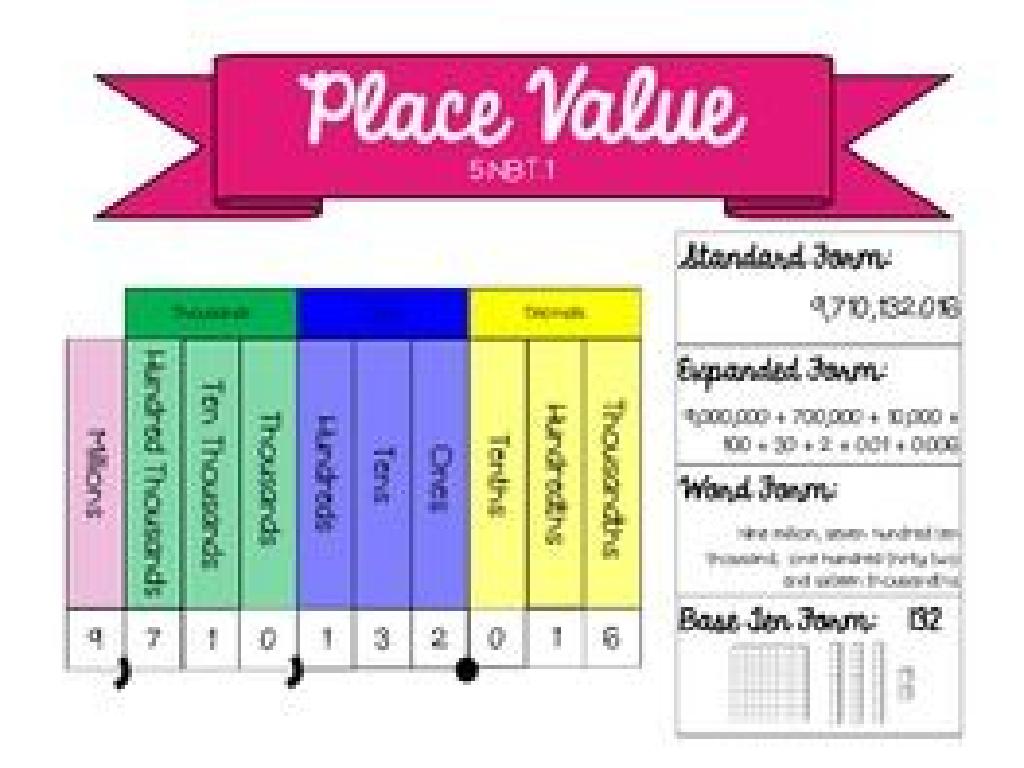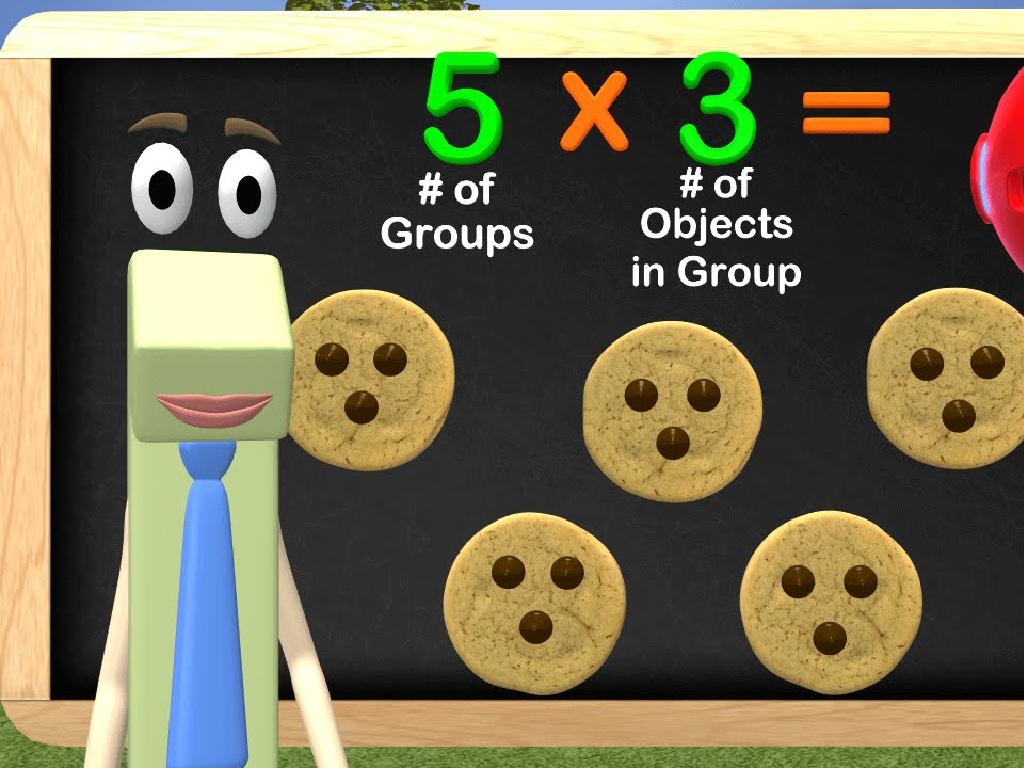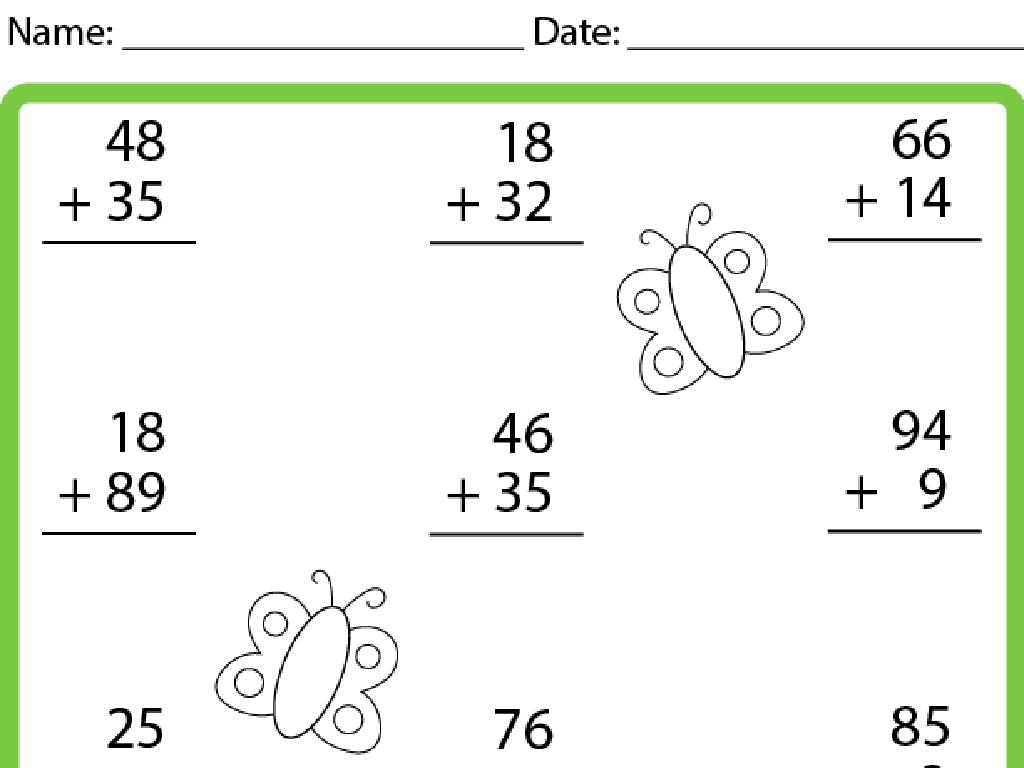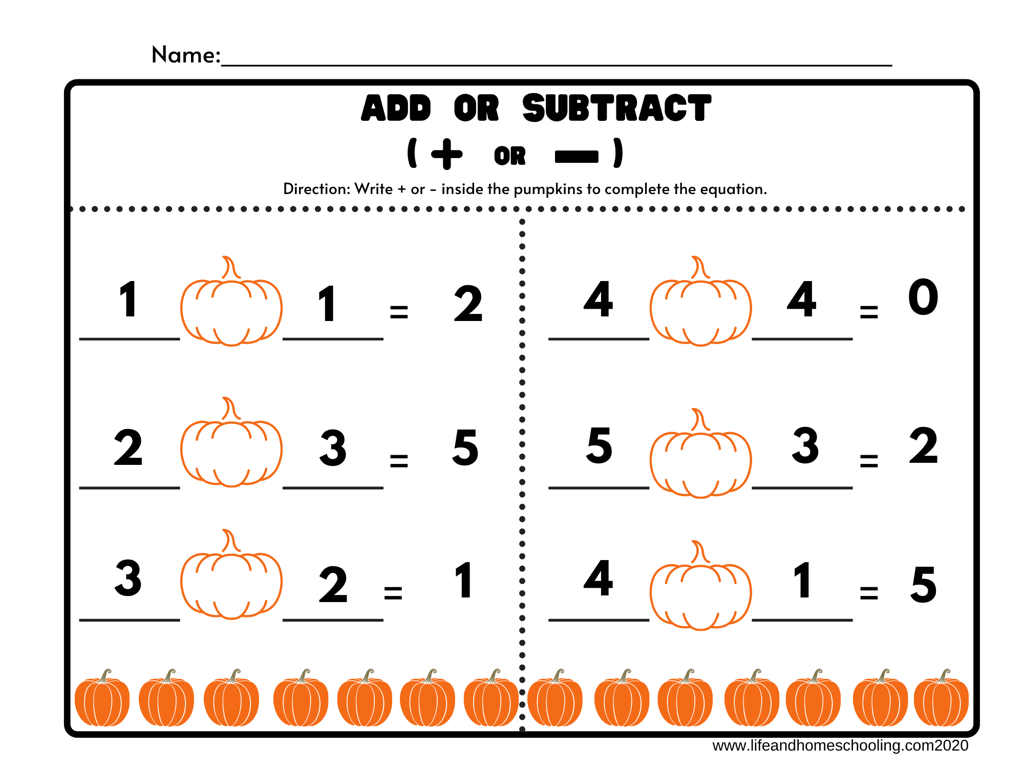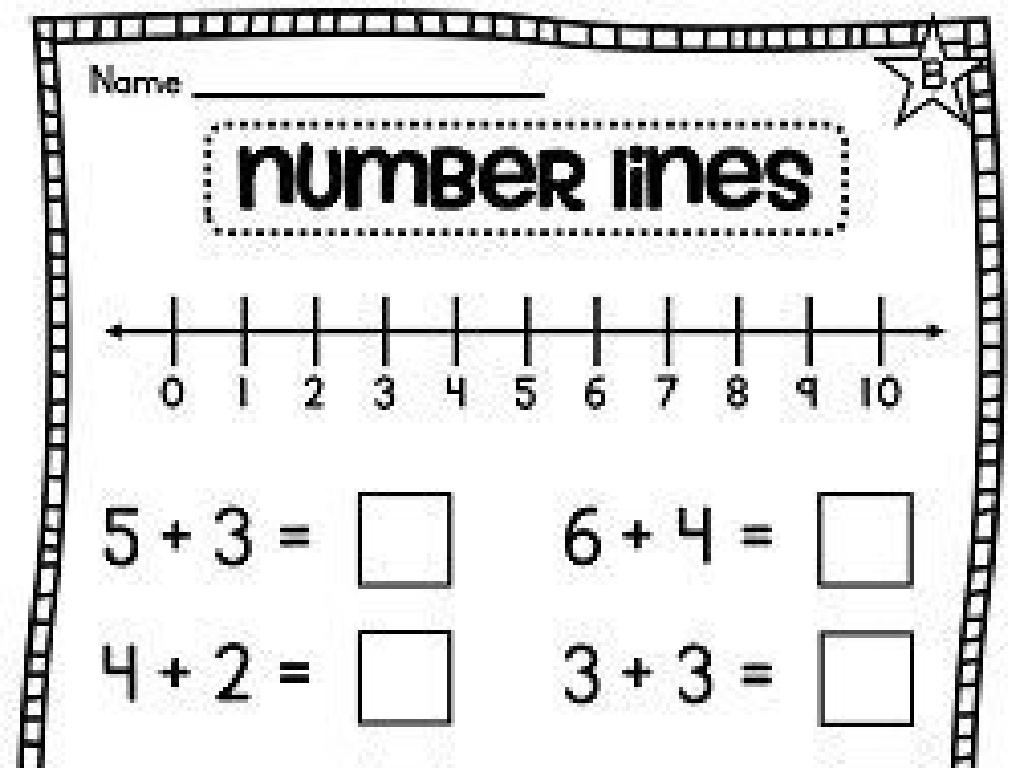Choose Between Adjectives And Adverbs
Subject: Language arts
Grade: Fourth grade
Topic: Adjectives And Adverbs
Please LOG IN to download the presentation. Access is available to registered users only.
View More Content
Adjectives vs. Adverbs
– Welcome to Language Arts!
– Today’s focus: Adjectives & Adverbs
– Adjectives describe nouns, adverbs describe verbs
– Learn to choose: Adjective or Adverb?
– Adjectives modify nouns, adverbs modify verbs, adjectives, or other adverbs
– Practice makes perfect
– We’ll do fun activities to practice!
|
Begin the class with a warm welcome and introduce the topic of adjectives and adverbs. Explain that adjectives are words that describe nouns (e.g., ‘big’, ‘colorful’, ‘quick’), giving more information about people, places, or things. Adverbs, on the other hand, describe verbs (e.g., ‘quickly’, ‘softly’, ‘well’), often ending in ‘-ly’ and telling us how something is done. Highlight the importance of using adjectives and adverbs correctly to make writing more detailed and interesting. Engage the class with examples and interactive activities to help them understand the concept and apply it to their writing. The goal is for students to confidently identify and use adjectives and adverbs by the end of the lesson.
Exploring Adjectives
– Adjectives describe nouns
– Words that give us more information about nouns
– They detail people, places, things
– Adjectives can tell size, color, shape, or how many
– Examples: ‘big’, ‘colorful’, ‘exciting’
– ‘Big dog’, ‘colorful flowers’, ‘exciting game’
|
This slide introduces adjectives to the students, explaining their role in adding detail and depth to nouns. Emphasize that adjectives can describe the qualities of people, places, and things, such as their size, color, or other characteristics. Provide examples to illustrate how adjectives modify nouns, making sentences more vivid and interesting. Encourage students to think of their own examples and to be prepared to identify adjectives in sentences during class activities.
Exploring Adverbs
– Adverbs describe verbs
– Adverbs give more information about how a verb is done
– They tell us how, when, where, or to what extent
– ‘How’ as in ‘quickly’, ‘when’ as in ‘yesterday’, ‘where’ could be ‘there’, and ‘to what extent’ might be ‘very’
– Examples: ‘quickly’, ‘yesterday’, ‘very’
– ‘She sang beautifully’, ‘He arrived early’, ‘They played outside’
|
This slide introduces the concept of adverbs to fourth-grade students, focusing on their role in describing verbs and providing additional information about actions. Emphasize that adverbs can modify verbs by telling us more about how, when, where, or to what extent an action takes place. Use clear and relatable examples to illustrate each type of adverbial information. Encourage students to think of their own examples and to be prepared to identify adverbs in sentences during class activities. This foundational understanding will help them choose between adjectives and adverbs in their writing.
Exploring Adjectives in Sentences
– Understanding adjectives
– ‘Happy’ describes the dog
– ‘Happy’ tells us the mood of the dog
– ‘Red’ describes the apple
– ‘Red’ tells us the color of the apple
– Adjectives add detail to nouns
|
This slide is aimed at helping students recognize and use adjectives in sentences. Adjectives are words that describe nouns, giving us more information about an object, person, or place. In the examples provided, ‘happy’ describes the emotion of the dog, while ‘red’ describes the appearance of the apple. Encourage students to think of other adjectives that could fit in these sentences and to come up with their own sentences using different adjectives. This will help them understand how adjectives can change the image or feeling of a sentence and make their writing more descriptive and interesting.
Spotting Adverbs in Sentences
– Understanding adverbs in action
– ‘Beautifully’ describes singing
– ‘Beautifully’ tells us how she sings
– ‘Quickly’ shows how he ran
– ‘Quickly’ tells us how fast he ran
– Practice finding adverbs
|
This slide is aimed at helping students identify adverbs within sentences. Adverbs describe verbs and can tell us how something is done. In the sentence ‘She sings beautifully,’ the word ‘beautifully’ is an adverb because it describes how she sings. Similarly, in ‘He ran quickly to catch the bus,’ ‘quickly’ is an adverb that tells us how he ran. Encourage students to look for words that describe actions in sentences to find adverbs. As an activity, have students pick out sentences from their favorite books and identify the adverbs. This will help them understand the concept of adverbs and how they are used in language.
Choosing Between Adjectives and Adverbs
– Deciding on adjectives or adverbs
– Adjectives describe nouns
– Use adjectives for people, places, or things
– Adverbs describe verbs, adjectives, adverbs
– Use adverbs for actions, qualities, or how something is done
– Practice choosing the correct modifier
|
This slide is aimed at helping fourth-grade students understand when to use adjectives and when to use adverbs in their sentences. Adjectives are used to describe nouns, which are people, places, or things. For example, ‘The colorful butterfly fluttered by.’ Here, ‘colorful’ is an adjective describing the noun ‘butterfly.’ Adverbs are used to describe verbs, adjectives, or other adverbs, often ending in ‘-ly.’ For example, ‘She sang beautifully.’ The word ‘beautifully’ is an adverb describing how she sang. To practice, students can work on exercises where they choose the correct word to complete sentences, ensuring they understand the difference between describing a noun versus a verb or other modifiers.
Let’s Practice: Adjectives vs. Adverbs
– Fill in the blanks correctly
– ‘The _____ (quick/quickly) brown fox…’
– Choose between ‘quick’ or ‘quickly’ for the fox
– ‘…jumps _____ (happy/happily) over…’
– Decide if the fox jumps ‘happy’ or ‘happily’
– Discuss our word choices
– Why ‘quick’ or ‘quickly’, and ‘happy’ or ‘happily’?
|
This slide is an interactive class activity designed to help students understand the difference between adjectives and adverbs. The classic sentence about the quick brown fox is used as a template for students to fill in the blanks with the correct form of the words ‘quick’ and ‘happy’. After completing the exercise, discuss with the class why each word was chosen, focusing on how adjectives describe nouns (like ‘fox’) and adverbs modify verbs (like ‘jumps’). Encourage students to explain their reasoning and provide additional examples if needed. This will help solidify their understanding of when to use adjectives and when to use adverbs.
Class Activity: Adjective and Adverb Hunt
– Read a story as a class
– Hunt for adjectives and adverbs
– Adjectives describe nouns, adverbs describe verbs
– List the words you find
– Explain your choices
– Share why you think a word is an adjective or an adverb
|
This activity is designed to help students practice distinguishing between adjectives and adverbs within the context of a story. As you read the story aloud, pause to discuss potential adjectives and adverbs. Encourage students to actively listen and write down descriptive words as they identify them. After reading, facilitate a discussion where students share the words they found and explain their reasoning. Possible activities for different students could include: 1) Drawing a picture of a scene from the story using the adjectives listed, 2) Acting out a part of the story using the adverbs to demonstrate the action, 3) Creating their own sentences using the listed adjectives and adverbs, 4) Working in pairs to quiz each other on the identified words, 5) Writing a short paragraph using new adjectives and adverbs.

